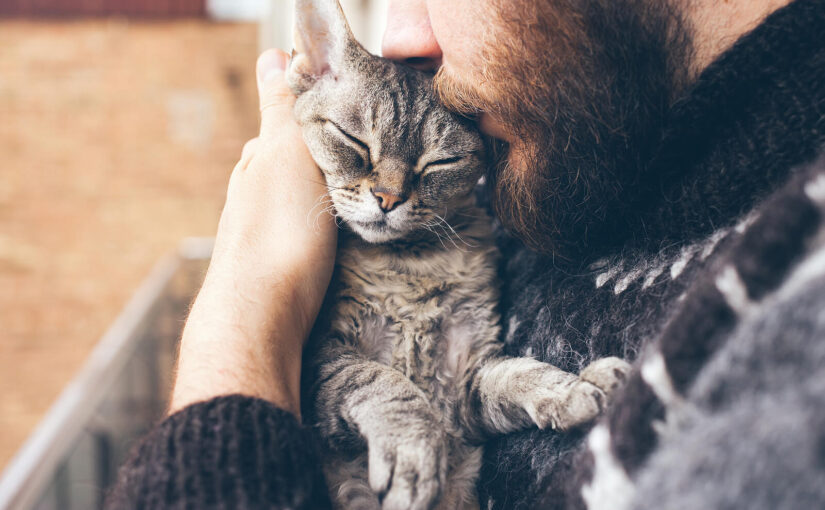With a staggering 11 million domestic cats slinking around UK homes and over a quarter of households claiming ownership, the nation’s love for its whiskered companions is undeniable.
According to the CATS report by Cats Protection, the reasons behind this feline fascination range from companionship to alleviating stress.
However, inviting a pussycat into your home involves regularly shopping for essentials like food and cat litter.
While cat litter might seem a straightforward purchase, cats aren’t known for their laid-back nature and typically have strong opinions on the litter they use. Additionally, the environmental impact of cat litter is somewhat shrouded in mystery.
Join us as we explore each cat litter’s benefits and drawbacks, including their environmental impact. Then, be the cat that got the cream by making informed choices for a more sustainable and cat-friendly world.
Clay cat litter
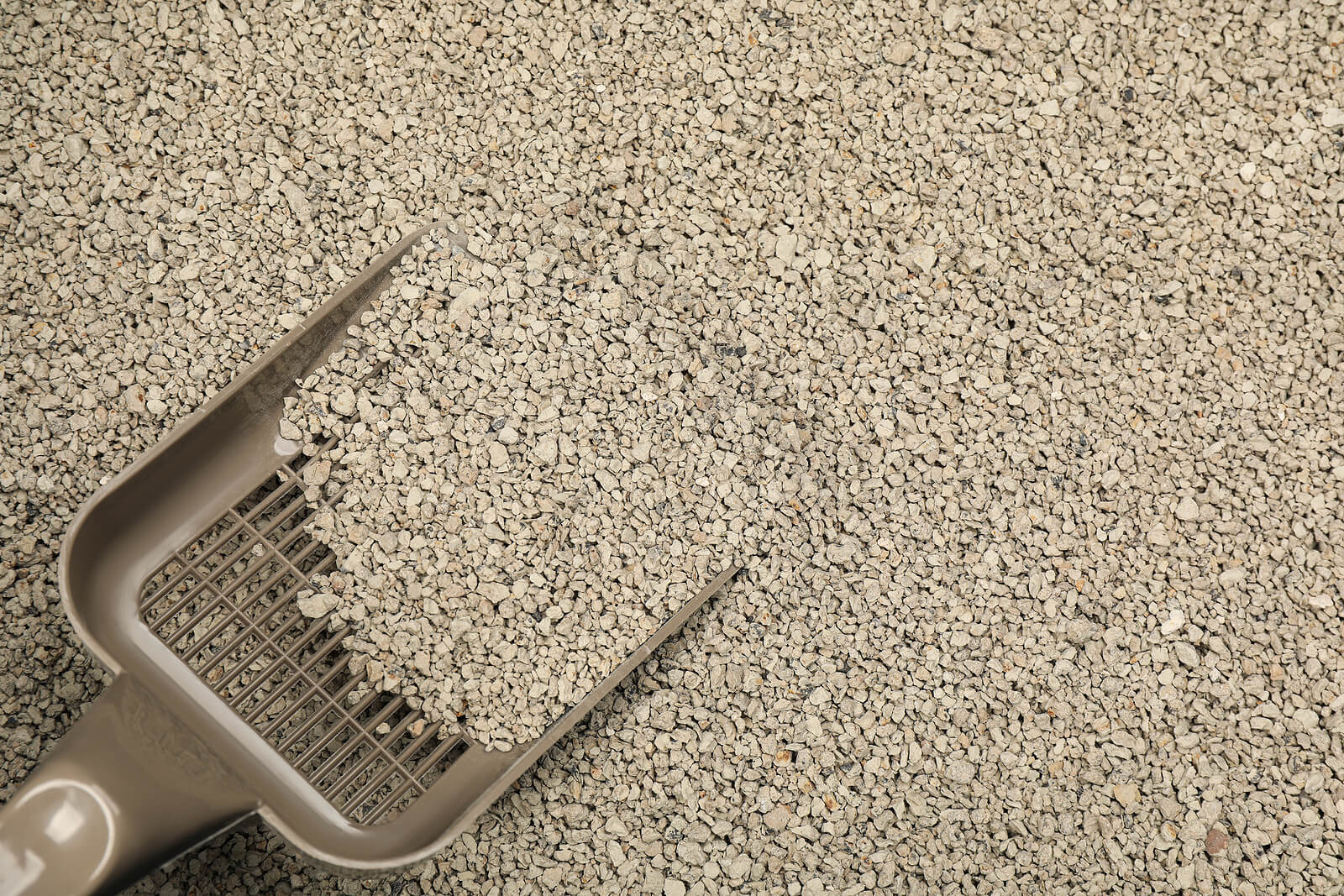
In the early days of cat ownership, clay cat litter emerged as the sole solution, providing a marked improvement over old newspaper sheets, sand, soil, ashes, or sawdust. The primary drawback of these early options was their inability to combat the persistent odour issue — a problem clay litter resolved.
Clay cat litter is crafted from granulated bentonite clay, which clumps efficiently when moistened. This unique characteristic allows pet owners to scoop out clumps and faeces easily, extending the lifespan of the litter compared to non-clumping alternatives.
While the clumping feature proves advantageous, it has its downsides. Its high dust content can pose respiratory risks for humans and feline companions. If ingested, it can present a choking hazard to your pet.
Bentonite clay is far from eco-friendly. The mining process releases toxic gases and particles into the environment while contributing to soil erosion, habitat loss, and disruptions in the local ecosystem.
Although some manufacturers are exploring more environmentally friendly extraction methods, most brands aren’t an option for conscientious consumers wanting to minimise their environmental impact.
Clay cat litter is also non-compostable, making its final destination a landfill site. As it decomposes in landfills, it releases methane gas, significantly contributing to global warming.
Unfortunately, despite its clumping convenience, clay cat litter’s environmental drawbacks underscore the need for an alternative, more sustainable choice for your feline friend’s litter tray wherever possible.
Pros of clay cat litter
- A cost-effective option.
- Exceptionally absorbent.
- Clumping feature for easy cleaning.
- Effective control of odours.
- Rapid drying of faeces.
Cons of clay cat litter
- Potentially hazardous dust.
- Easy tracking of litter particles.
- Potential choking hazard.
- Heavy, though lighter versions exist.
- Non-compostable.
- Unsustainable and not eco-friendly.
Silica gel cat litter
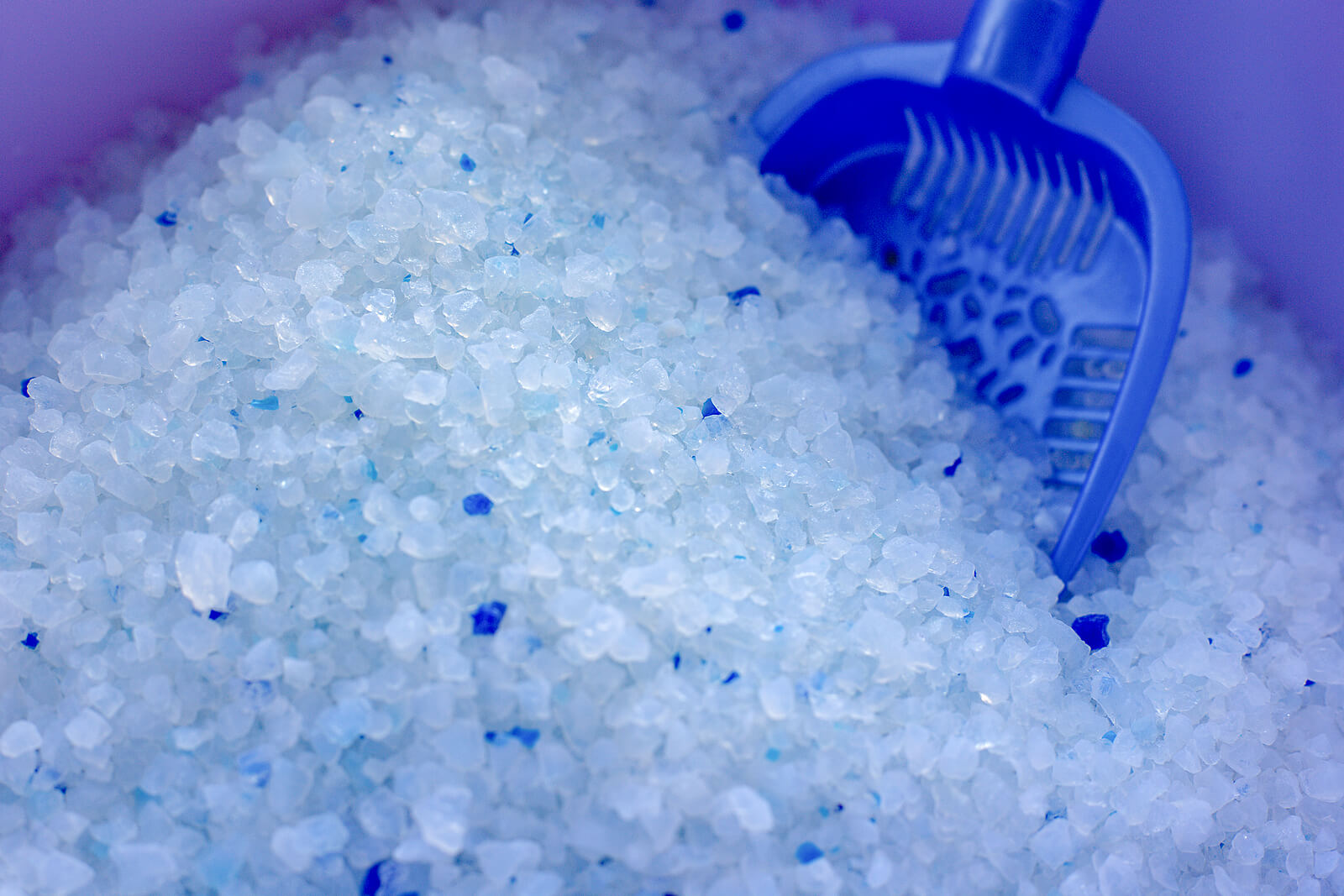
Silica gel cat litter, also called crystal litter, boasts non-toxic amorphous silica gel granules that are both lightweight and highly absorbent. These granules swiftly pull in liquid and accompanying odours, allowing them to evaporate over time.
Although this litter type doesn’t clump, its longevity surprises many due to the crystals’ exceptional absorption capabilities. A daily stir aids in the absorption process, and solid waste removal is a breeze.
However, like clay litter, silica presents environmental challenges. Sourced through mining, silica extraction from quartz disrupts vast vegetation and habitats. The machinery releases greenhouse gases and contributes to noise, water, and air pollution.
Despite its absorbent qualities, silica gel is inorganic and non-compostable, necessitating disposal in general waste bins and landfills. While silica gel litter offers practical benefits, weighing its performance against its environmental impact is essential.
Advantages of silica gel cat litter
- Incredibly absorbent.
- Effective odour control.
- Swift drying of faeces.
- Non-toxic composition.
- Low dust emission.
- No choking hazard.
- Lightweight convenience.
Disadvantages of silica gel cat litter
- Higher cost.
- Non-clumping formulation.
- Easy tracking of litter granules.
- Non-compostable.
- Not environmentally friendly.
- Unsustainable.
Wood pellet cat litter
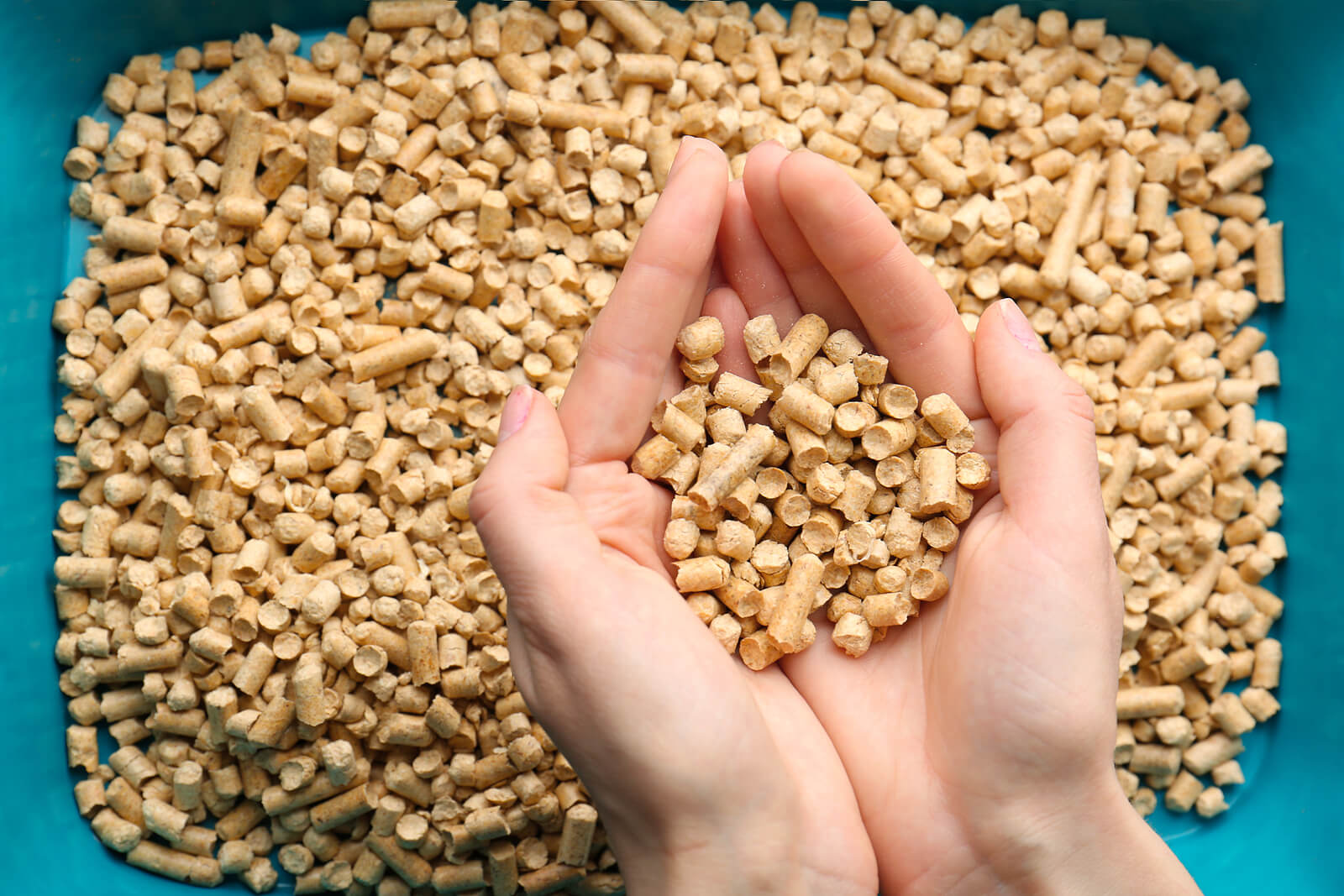
Wood pellet cat litter is crafted from compressed wood waste like pine, cedarwood, and oak. It’s a natural, chemical-free and healthy option for your pet.
This lightweight tray filler swiftly absorbs urine and odours, breaking down into sawdust when saturated, which can be quickly cleared away.
The sawdust settles at the tray’s base, avoiding contact with cat paws due to the protective layer of pellets on top. While ideally used with a sifting litter box, a regular one can suffice.
Wood pellet litter is sustainable, being made from furniture industry waste materials. It’s also biodegradable and compostable after the separate disposal of faeces. The resulting compost is suitable for non-edibles like flowers, ornamentals, shrubs, and lawns and requires six to twelve months to mature fully.
Using wood pellet cat litter benefits your cat and signifies a greener approach to pet care.
Benefits of wood pellet cat litter
- Cost-effective option.
- Effective odour control.
- Non-toxic composition.
- Low dust emission.
- Lightweight to handle.
- Minimal tracking.
- Not a choking hazard.
- Eco-friendly choice.
- Biodegradable, compostable, and sustainable.
- Natural wood scent enhances freshness.
Drawbacks of wood pellet cat litter
- Non-clumping formula.
- Less effective at neutralising faeces odour.
- Requires regular litterbox maintenance.
- Optimal performance with a sifting litter tray.
Paper pellet cat litter
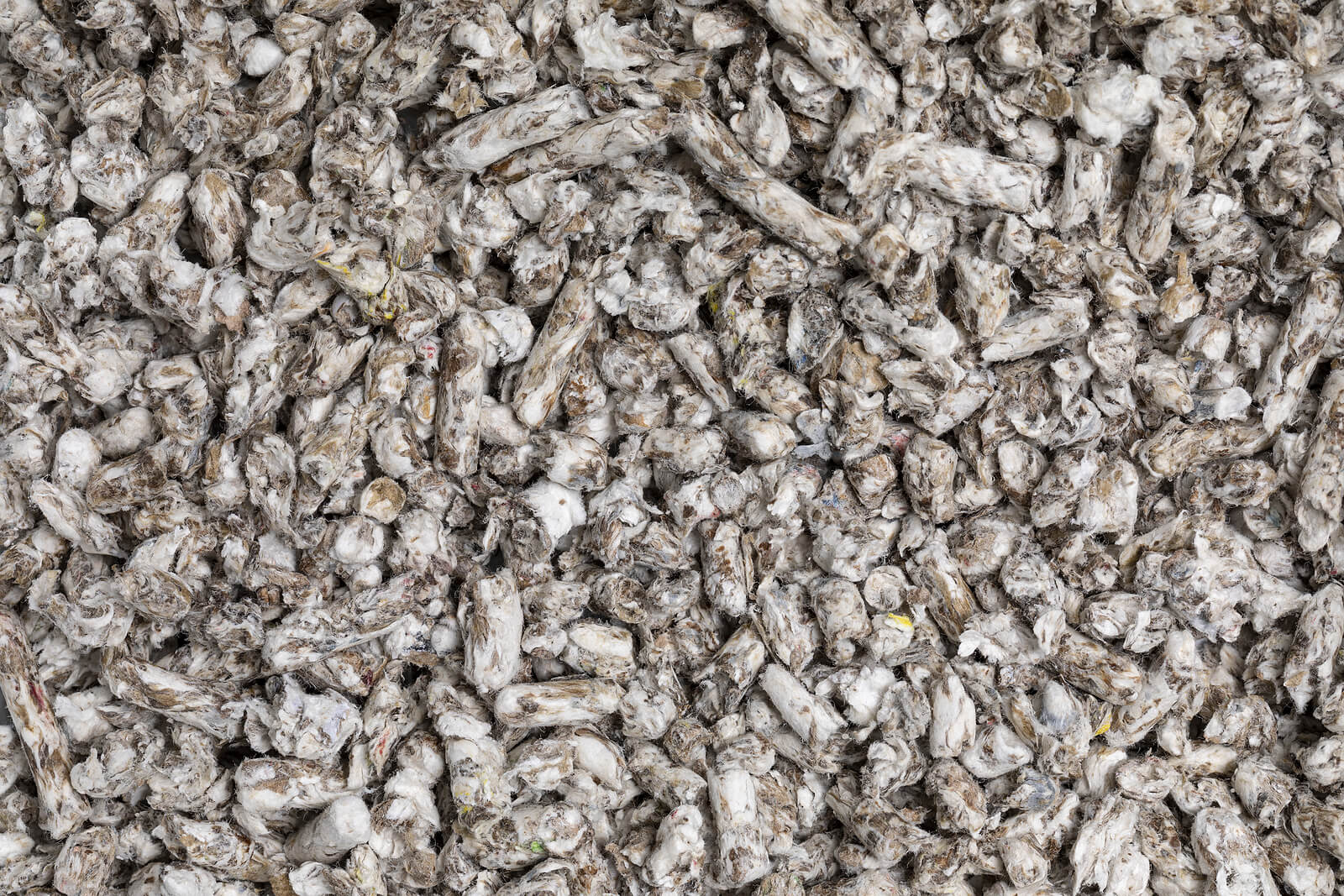
Embrace an environmentally conscious approach to cat care with paper pellet cat litter. This sustainable choice is crafted from compressed post-consumer recycled paper, ensuring no new trees are felled during production.
Designed for high absorbency, paper pellet litter effectively manages moisture but requires regular mixing to maintain optimal performance. Once the pellets reach saturation, they stop containing odours. Promptly removing saturated pellets from the tray is recommended for a fresh and pleasant environment for your feline friend.
Used paper pellets can be composted after cat faeces are removed and properly disposed of. This sustainable disposal method minimises waste and contributes to the creation of nutrient-rich compost.
By choosing paper pellet litter, you prioritise your cat’s well-being and actively participate in fostering a greener and more sustainable lifestyle.
Strengths of paper pellet cat litter
- Non-toxic composition ensures pet safety.
- Low dust emission for a cleaner environment.
- Lightweight for easy handling.
- No risk of choking.
- Eco-friendly, biodegradable, and compostable for sustainable disposal.
Weaknesses of paper pellet cat litter
- Non-clumping formula.
- Limited odour control effectiveness.
- Ineffective at neutralising faeces’ odour.
- Can track easily — although some owners report little tracking.
- Requires frequent litterbox maintenance.
- Potentially costly.
Final thoughts
Your choice of cat litter is personal and can be impacted by many factors, like your financial status and your pet’s preferences. However, from an environmental standpoint, your best options are undoubtedly wood pellet and paper pellet cat litter.
